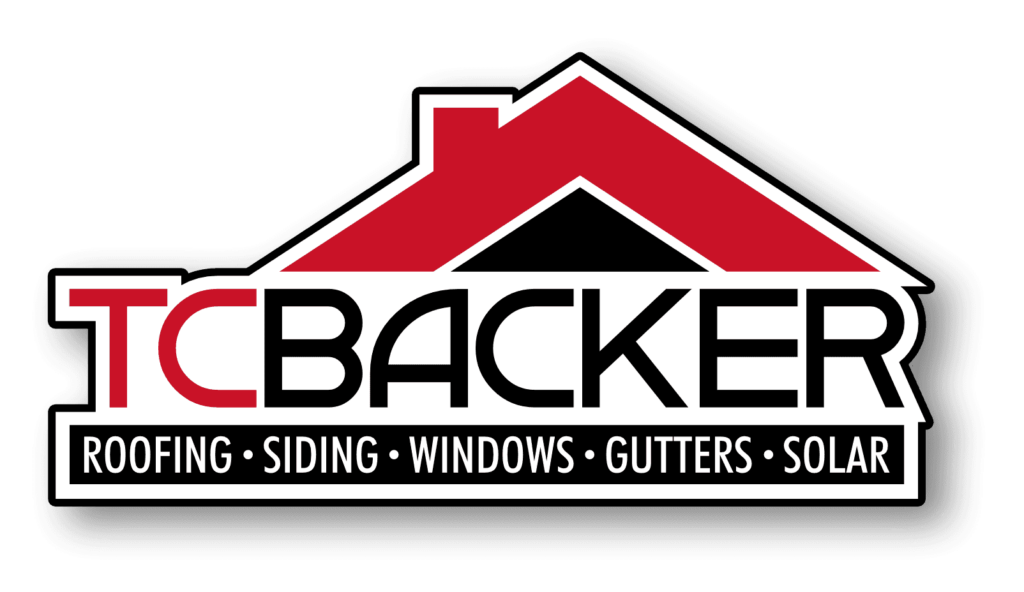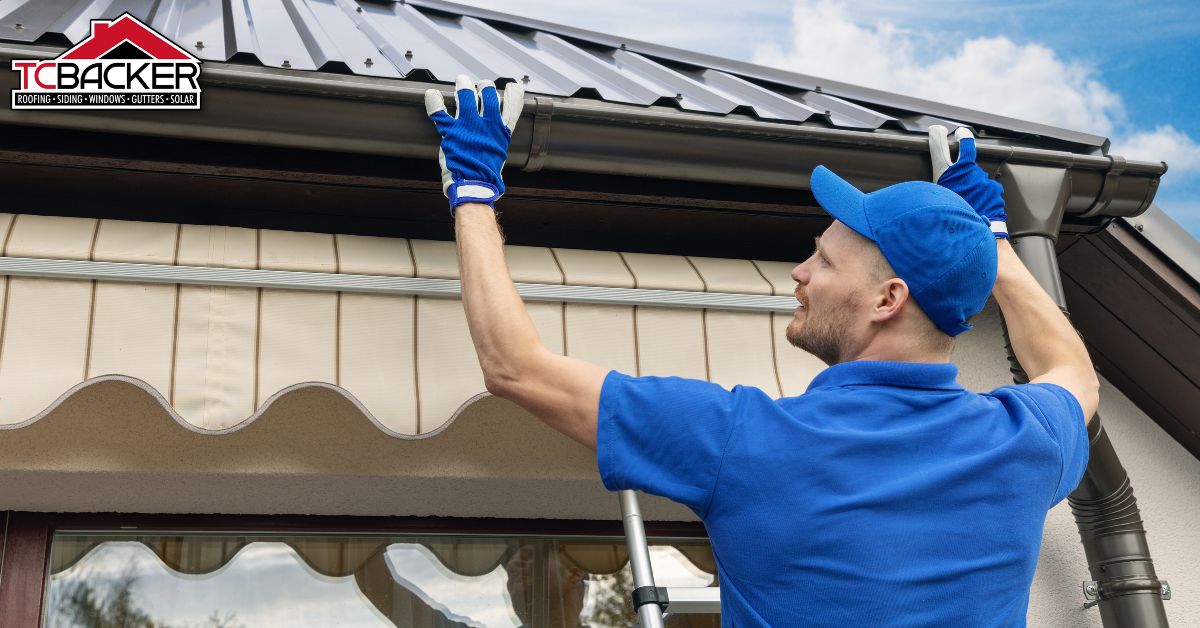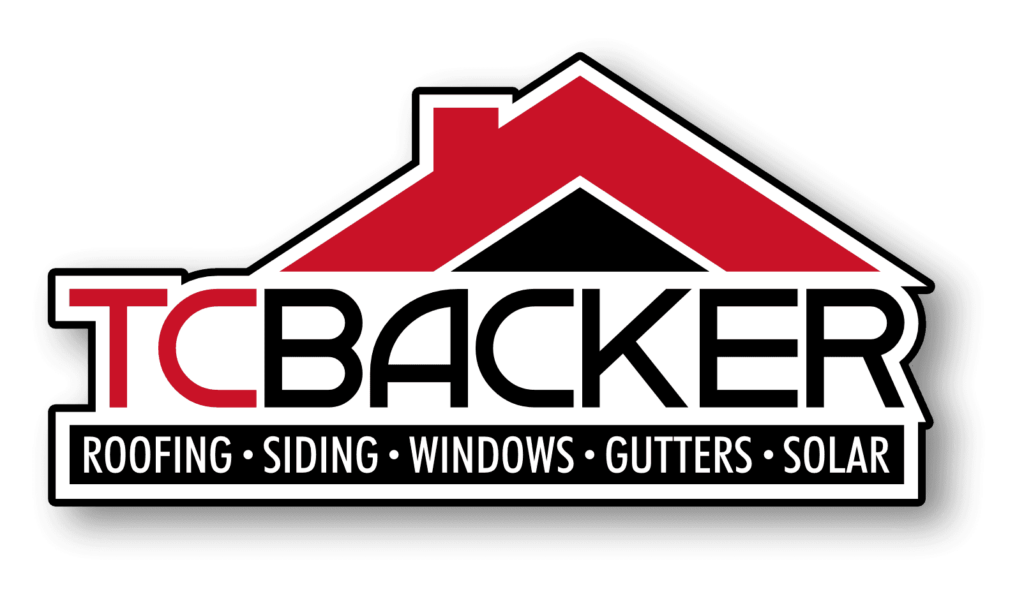Roofing warranties are an important part of any roof installation. They provide protection against defects and damage caused by workmanship, materials, or the environment.
In order to ensure that a warranty is valid and up-to-date, it must be registered with the manufacturer or supplier who provides the warranty. This article will discuss the steps required to register a roofing warranty, including researching the warranty provider, preparing necessary documentation, submitting said documentation, and following up after submission.
It also aims to explain why registering a roofing warranty is important in terms of both providing maximum protection in case of any issues as well as being able to take advantage of all available benefits provided under such warranties.
Key Takeaways
- Registering your roofing warranty is essential for maximum protection and benefits.
- Researching providers and understanding their coverage and eligibility is crucial.
- Preparation and submission of necessary documentation is important to avoid delays or invalidation of the warranty.
- Following up and monitoring progress can help ensure successful registration and accurate filing.
Research Your Warranty
Researching your roofing warranty is an important step in understanding the details of your coverage. Evaluating costs and checking eligibility can help you make sure that you are getting the most out of your warranty.
Taking the time to research warranties, their terms, and how they work will help you understand what is covered and what isn’t. Knowing these details can put your mind at ease when it comes to maintaining a safe, secure roof over your head.
After researching the warranty, contact the provider for more information to ensure that all conditions are met and that any necessary paperwork is completed correctly. This will help ensure that you have everything required should a claim need to be made in the future.
Contact the Warranty Provider
To ensure proper coverage, it is important to contact the warranty provider. Once a potential warranty provider has been identified and the terms of the warranty have been studied, it is necessary to contact them in order to register for the roofing warranty. Depending on the provider, there may be multiple registration options available. These may include online forms, mail-in applications, or phone calls with customer service representatives.
It is important to review all registration options carefully before making a decision as some providers may charge fees or require additional documentation for certain types of registrations. Additionally, many warranties are non-transferrable and will need to be registered by the original property owner in order for them to remain valid.
Once any required registration information has been gathered and submitted accordingly, it is time to prepare the necessary documentation that will help support any future claims that may arise under this warranty.
Prepare the Necessary Documentation
Gathering the necessary documentation to support future claims is an important step in preparing for a roofing warranty. This documentation will vary depending on the type of warranty coverage that has been chosen, as well as any additional product reviews and online resources that may be available.
Before submitting the required documentation, it is essential to review all of the information to ensure accuracy and completeness. This includes confirming that all documents and forms are filled out correctly, as any mistakes can cause delays or even invalidate the warranty entirely.
Furthermore, verifying that all of the relevant paperwork has been included in the submission package is also critical for ensuring a smooth registration process with minimal issues. By taking this extra time to review all of the necessary documents prior to submitting them, potential problems can be avoided and allow homeowners to take full advantage of their roofing warranty coverage.
Submit the Required Documentation
Submitting the required documentation is an important step in activating a roofing warranty.
First, it’s essential to review the terms of the warranty provided by your contractor to ensure that all conditions are met.
Then, you’ll need to collect appropriate paperwork such as proof of purchase and payment receipts, photos of the finished job, and other documents if specified.
Finally, you must complete a claim form which includes detailed information about the work performed and contact information for both parties involved.
To complete this process:
1) gather all necessary documents;
2) fill out forms accurately; and
3) submit all documentation at once.
The next step is to follow up after submitting the documentation in order to make sure your roofing warranty has been successfully registered.
Follow Up After Submitting the Documentation
After submitting the necessary documentation, it is essential to follow up to ensure successful registration of the warranty. Monitoring progress and checking status are important steps in this process. By regularly following up with the service provider, any potential issues can be identified and resolved quickly. This will help avoid unnecessary delays that could otherwise lead to prolonged registration times or even invalidation of the warranty.
Additionally, communication with the service provider allows them to keep track of your documentation and provide you with a timeline for when your roofing warranty should be registered. Keeping track of all interactions between yourself and the service provider will also help ensure that all paperwork is accurately filled out and filed properly for quick processing.
Frequently Asked Questions
How long does a roofing warranty last?
The duration of a roofing warranty depends on the terms and conditions set by the manufacturer. Generally, warranties for materials and labor used in installing a new roof last between one to ten years, providing benefits such as coverage for repair costs or replacement of defective materials.
What types of damage are typically covered by a roofing warranty?
A roofing warranty typically covers damage caused by manufacturer defects, such as the waterproofing effectiveness or hail protection. It may also include other types of damage due to normal wear and tear.
What happens if I don’t register my roofing warranty?
If a roofing warranty is not registered, the homeowner will not be eligible for extended coverage and protection from weather damage. As such, it is important to register a roofing warranty in order to ensure that any damage caused by weather is covered by the manufacturer’s policy.
Does the warranty cover labor costs for repairs?
The warranty may cover some of the operating costs, such as repair estimates, but this varies depending on the specifics of the warranty agreement. It is important to check the details of your roofing warranty in order to understand what types of labor costs are covered.
Are there any additional fees associated with registering a roofing warranty?
When registering a roofing warranty, additional fees may be applicable depending on the quality of the roofing materials and weather conditions. It is important to understand all associated costs prior to registration in order to ensure a secure investment.
Conclusion</
Warranty registration is an important step in protecting the integrity of your roofing system.
Understanding the conditions and requirements of your warranty can help ensure that you receive appropriate coverage should any issues arise with your roof.
Once you’ve identified the provider, contact them to discuss their terms and conditions, as well as any paperwork necessary for registration.
Gather all documentation requested by the provider in order to successfully register for coverage.
After submitting all documents to the provider, be sure to follow up if there are any unanswered questions or concerns regarding completion of the process.
Taking these steps will ensure that you have taken proper precautions to protect yourself from potential future issues with your roofing system.
Make the wise decision—contact TC Backer Construction now and let us guide you through the warranty registration process, ensuring your roof—and peace of mind—are well taken care of.





